What is a Computer System?A computer system is a basic, full-featured hardware and software configuration with all the components needed to perform computing operations. It enables humans to input, process, and output data effectively and systematically. A computer system comprises several connected, integrated devices collaborating to carry out one or more tasks. It often consists of software and hardware elements, including operating systems, programs, and drivers, as well as memory, input/output devices, storage devices, and a central processing unit (CPU). A computer device is a complicated and multifaceted entity that plays an applicable function in present-day society. It is a mixture of hardware and software program components working collectively to carry out various duties, from clean calculations to complicated simulations. In this complete exploration, we will delve into the tricky nature of computer structures, discussing their additives, features, records, and the function they play in our lives. 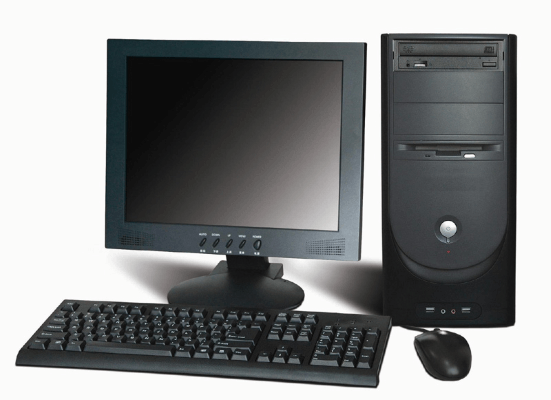
A computer system is a dynamic and interconnected assembly of hardware and software program application components that is designed to approach, store, and communicate information. These structures have advanced over a long time, turning into critical tools in our everyday lives. Understanding the intricacies of computer systems is critical, as they underpin the functioning of the modern-day world. Historical PerspectiveThe records of computer structures are a charming journey through technological advancements. It can be broken down into several key eras: 1. Pre-Modern Computers Early computing gadgets like the abacus and slide rule date back hundreds of years, serving as essential gadgets for mathematical calculations. 2. First-Generation Computers (1930s-50s) The first-technology Computers have been big electromechanical devices, together with the ENIAC, regularly used for clinical and RMC calculations. They used vacuum tubes and punched gambling cards for information processing. 3. Second-Generation Computers (1950s-60s) Second-generation computer structures replaced vacuum tubes with transistors, resulting in smaller, more reliable machines. They have nonetheless been particularly used for scientific and agency programs. 4. Third-Generation Computers (1960s-70s) Integrated circuits, or microchips, have been introduced, making computer systems even smaller and more powerful. Mainframes and minicomputers have become more common, not unusual. 5. Fourth-Generation Computers (1970s-Present) The development of microprocessors marked the beginning of the personal computer era. This era witnessed the emergence of PCs and the microcomputer revolution. 6. Fifth-Generation Computers (Present and Beyond) The combination of synthetic intelligence and the advanced era in computer structures characterizes this era. It includes trends in quantum computing, deep learning, and herbal language processing. Evolution of Computer systemsThe origins of computer systems can be traced back to the early 19th century, with the introduction of mechanical calculators. These machines were created to conduct mathematical calculations. The development of electronic computers, however, marked the start of the real evolution of computer systems. 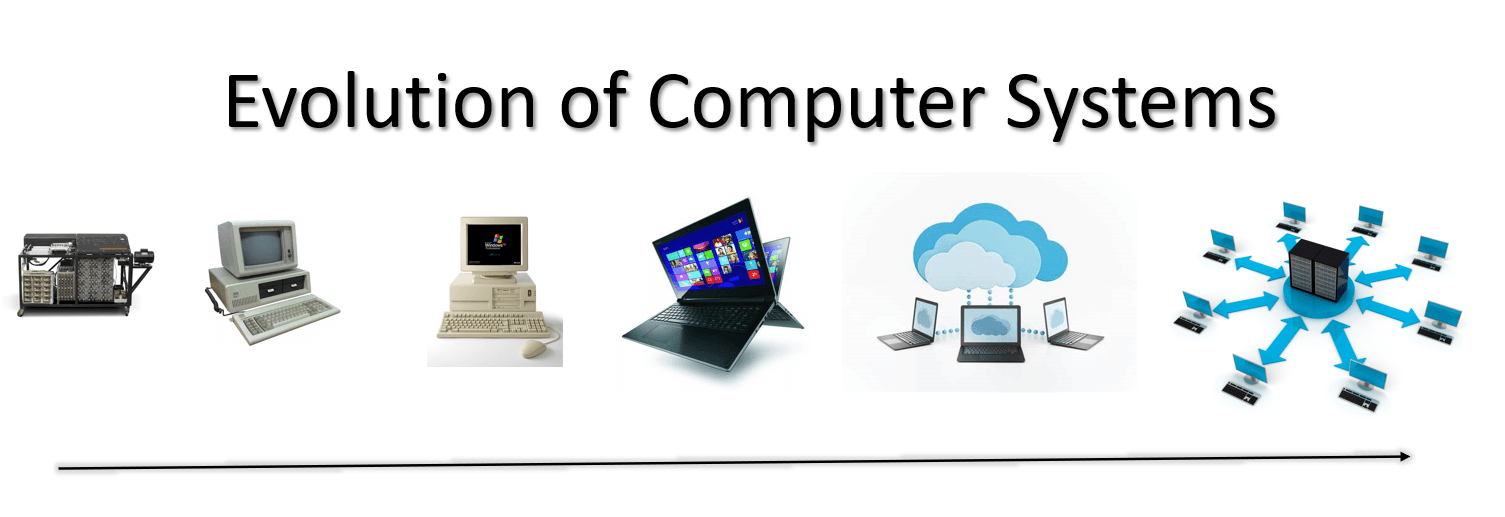
Early modelsThe Atanasoff-Berry Computer, the first electrical digital computer, was created in the 1930s. This computer, regarded as a significant advancement in computer research, used electronic switches and capacitors to conduct computations. The earliest general-purpose electronic computers, such as the Electronic Numerical Integrator and Computer, were created in response to the need for quicker and more effective computers during World War II (ENIAC). Despite being bulky and expensive, these computers were faster and more potent than their mechanical equivalents. Personal ComputerThe first commercial computer, the UNIVAC I, was created in the 1950s. This computer was far more compact and less expensive than earlier models and was made for business and scientific applications. Smaller and cheaper computers were made possible by the advancement of microprocessors in the 1960s and 1970s. The Altair 8800 and Apple I was among the earliest personal computers (PCs) created as a result. Operating SystemsA significant turning point in the evolution of operating systems occurred in the 1970s and 1980s. Computers were much more widely available to the general public in the 1980s with the advent of graphical user interfaces (GUIs). Personal computers are now more efficient and user-friendly thanks to these solutions. LaptopsThe first laptops or portable computers were introduced in the 1980s. These computers were more suitable for users on the road because they were more compact and portable than standard PCs. A significant advancement in the development of computer systems came with the invention of laptops in the 1990s. The CloudComputer connectivity and accessibility were significantly improved in the 1990s with the advent of the internet. As a result, new technologies, like the World Wide Web and the first web browsers, were created that made it simple for people to access and exchange information. Users could store and access their data and apps remotely thanks to the development of cloud computing in the 2000s, eliminating the need for local servers or physical storage devices. VirtualizationThe use of virtualization technology enables the operation of numerous operating systems, each with its own set of resources, on a single physical machine. This makes it possible to run more apps on the same hardware while utilizing resources more effectively. Due to its better capacity for backup and recovery and more effective resource management, this technology has grown in popularity recently, especially in enterprise environments. We have witnessed a continual advancement in technology during the evolution of computer systems, making computers faster, more potent, mobile, and widely available. Even more technological improvements are anticipated for computer systems in the future, including the increased application of artificial intelligence, machine learning, and the Internet of Things. Components of Computer systemA computer system comprises hardware and software components that interact to complete tasks. 1) Hardware components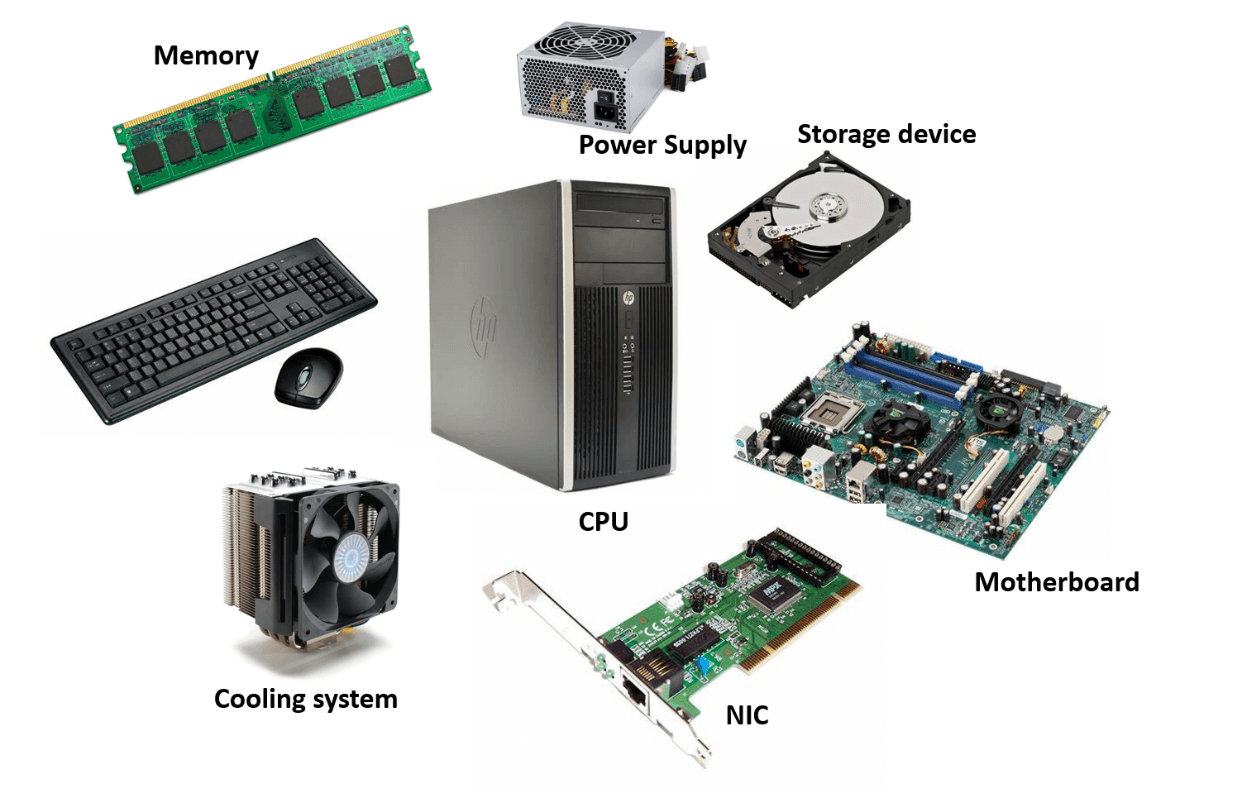
Central Processing Unit (CPU): The CPU, usually referred to as the "brain" of the computer, is the main element in charge of calculations and commands. Memory: The CPU uses memory, commonly referred to as "RAM," as a temporary storage space. It keeps information and commands that the CPU needs to access rapidly. Input/Output Devices: Input devices, such as keyboards and the Mouse, allow users to enter data and instructions into the computer. The results of the computer's calculations are displayed or printed on output devices like monitors and printers. Storage devices: Hard drives and solid-state drives are examples of storage devices that offer long-term data and file storage. Even when the power is off, they enable the computer to save data and recover it later. Motherboard: The motherboard links and facilitates communication between the computer's parts. Power Supply: The power supply unit delivers power to all computer components. Cooling systems: Computers need fans or liquid cooling systems to prevent overheating and hardware damage. Network Interface Card (NIC): The NIC is a piece of hardware that links a computer to a network and enables communication with other networked devices. Peripherals: A computer can link to extra devices called peripherals to expand its functionality. External hard disks, printers, and scanners are a few examples. 2) Software ComponentsOperating systems: An operating system (OS) is a piece of software that controls a computer's hardware and software resources. It maintains memory and storage and how the computer communicates with input/output devices. Windows, Mac OS, and Linux are the three most well-known operating systems. Applications: Also referred to as "programs" or "software," applications are the specific tools users utilize to carry out activities. Word processors, online browsers, and video games are a few examples. Drivers: Specialized software programs known as drivers provide the operating system access to hardware components. The computer can use input/output devices and other hardware reasonably because they link the operating system and the hardware. Types of Computer systemsComputer systems exist in various shapes and sizes, each customized to particular surroundings and purposes. Microcomputers, minicomputers, medium-size computers, large computers, mainframe computers, and supercomputers are a few of the most popular computer systems. Microcomputers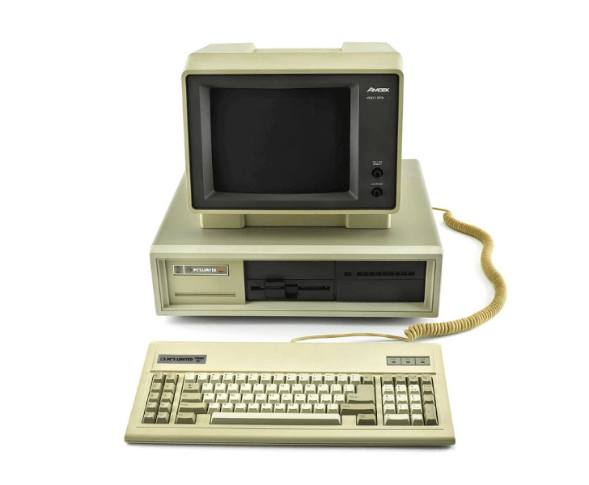
Microcomputers, usually called personal computers (PCs), are the smallest and most prevalent computer systems. They feature a central processing unit (CPU), memory, and storage, as well as input/output devices such as a keyboard, Mouse, and monitor. They are intended for individual use in a home or office context. Word processing, internet browsing, and gaming are just a few of the many functions that a microcomputer can be used for. Minicomputers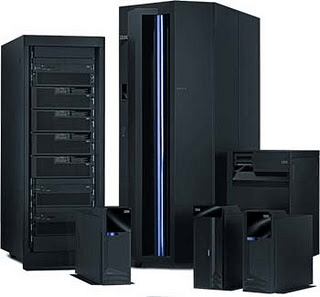
Minicomputers, referred to as mid-range computers, are slightly bigger and more potent than microcomputers. Small enterprises, educational institutions, and governmental institutions frequently use them. They can run more complex software than microcomputers since they are built to accommodate multiple users and applications. Minicomputers can be used for various functions, such as data processing, network management, and scholarly research, and are often less expensive than mainframe computers. Medium-size computers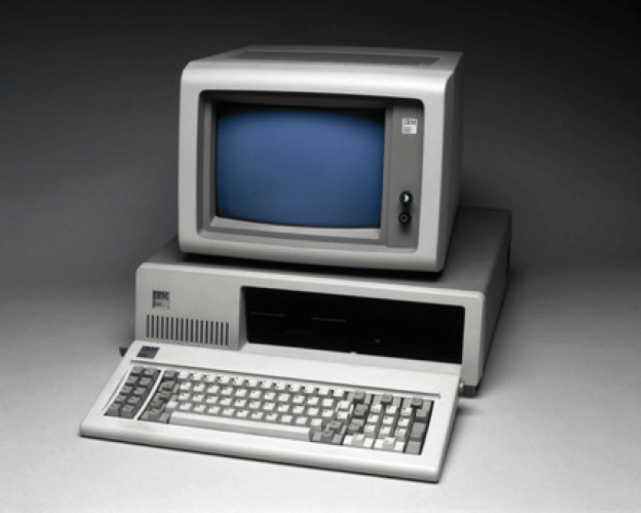
Medium-size computers are intermediate computers that sit between minicomputers and mainframe computers. Compared to mainframe computers, they are both smaller and more powerful as compared to minicomputers. They are frequently utilized in corporate and industrial environments since they are built to handle more users and bigger data sets than minicomputers. Large computers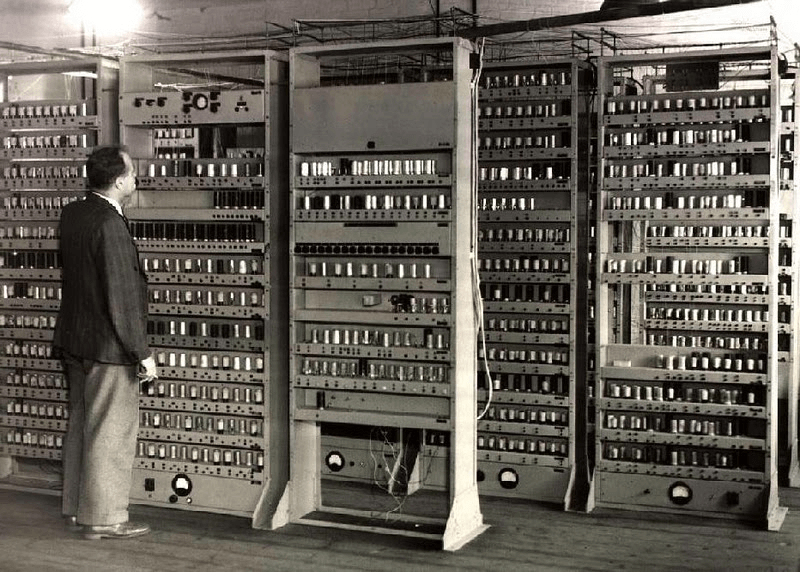
Huge companies, including financial institutions and government agencies, frequently employ large computers for high-end computing tasks like scientific research, data mining, and weather forecasting. Large computers are characterized by their size, power, and complexity. They are built to manage enormous amounts of data and traffic. They contain a variety of capabilities, including fault tolerance, high availability, and scalability, which are crucial in business-critical applications. Mainframe computers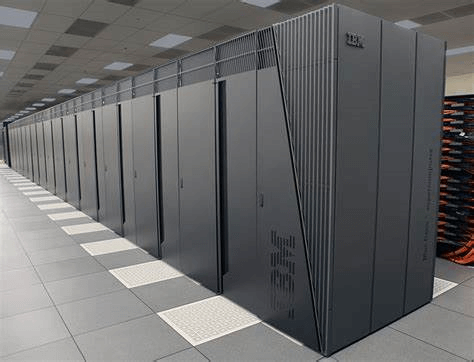
Mainframe computers are intended for high-performance computing tasks such as business-critical applications, transaction processing, data warehousing, and enterprise resource planning. In addition to being more expensive, they are more powerful and specialized than huge computers. They are a great option for business-critical applications because of their superior performance, scalability, and capacity for handling heavy workloads. Supercomputers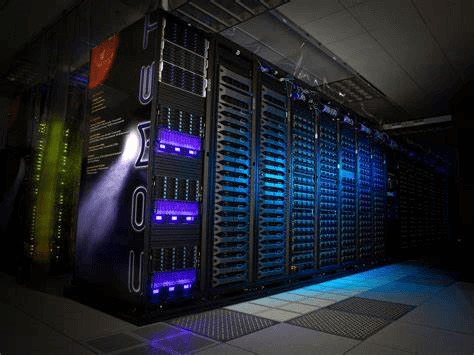
Supercomputers are the most advanced and powerful computers available. They can tackle complicated issues that would take other computers years to solve and can carry out billions of calculations per second. They are intended for high-performance computing applications like cryptography, scientific research, and weather forecasting. Many disciplines use supercomputers, including physics, engineering, and medicine. Additionally, they are employed in intelligence, research, and national defense. How Computer systems workComputer systems are complex devices comprising numerous hardware and software parts that cooperate in carrying out tasks. The Central Processing Unit (CPU) connects with other parts of the computer, including memory and input/output devices, after retrieving instructions from memory, decoding them, and carrying out the required tasks. Memory, commonly referred to as RAM, is a short-term storage space for the CPU that keeps information and commands it needs to retrieve quickly. Storage devices like hard and solid-state drives offer long-term data and file storage. Users can enter information and commands into the computer using input devices like keyboards and Mouse, while output devices like monitors and printers display or print the computer's calculations. The motherboard links all the computer parts together and enables communication between them. All of the computer's components are powered by the power supply unit. Fans of liquid cooling are examples of cooling systems that avoid overheating and hardware damage. The computer's Network Interface Card (NIC) links it to a network and enables communication with other hardware. Peripherals are extra devices that can be connected to a computer to increase its functionality. The operating system (OS) regulates how the computer interacts with input/output devices, memory, and storage and manages the computer's hardware and software resources. It also handles how the computer communicates with other networked devices. Drivers are specialized software programs that enable the operating system to communicate with hardware components, whereas applications are the specific tools that users use to carry out tasks. The Role of Computer Systems in Modern SocietyComputer structures have turned out to be ubiquitous in modern-day society, impacting almost every aspect of our lives. Education Computers are an important system in schooling, offering the university and college students access to splendid property and interactive reading materials. Business Businesses rely on computer structures for the whole lot, from facts management and conversation to e-trade and advertising. Healthcare Computer structures are crucial in healthcare, facilitating affected men or women report management, clinical imaging, and research. Entertainment The gaming enterprise, streaming services, and virtual media production all heavily depend on laptop systems for content, clothing advent, and transport. Research Computer structures permit complicated simulations and record assessments, riding progress in fields like physics, chemistry, and biology. Communication The globe is now an entire lot more interconnected due to the innovative advances in e-mail, social media, and video conferencing that have converted human conversation. Transportation Computer systems are essential to fashionable transportation due to the fact they manage logistics, modify visitors, and permit self-sufficient vehicles. Benefits of Computer system
Demerits of Computer systems
ConclusionA computer device is a complicated entity that consists of hardware and software program components that engage with the device to save and transmit records. Transformative technological advancements have characterized its historical improvement. The destiny of computer structures has brilliant promise, setting up new vistas in quantum computing, artificial intelligence, and a more connected and sustainable international as we control the hard, demanding situations and moral dilemmas that encompass this era. It's important to understand computer device nuances in case you want to adjust to this dynamic, constantly changing virtual world.
Next TopicWhat is Core i5 meaning in the computer
|
 For Videos Join Our Youtube Channel: Join Now
For Videos Join Our Youtube Channel: Join Now
Feedback
- Send your Feedback to [email protected]
Help Others, Please Share










